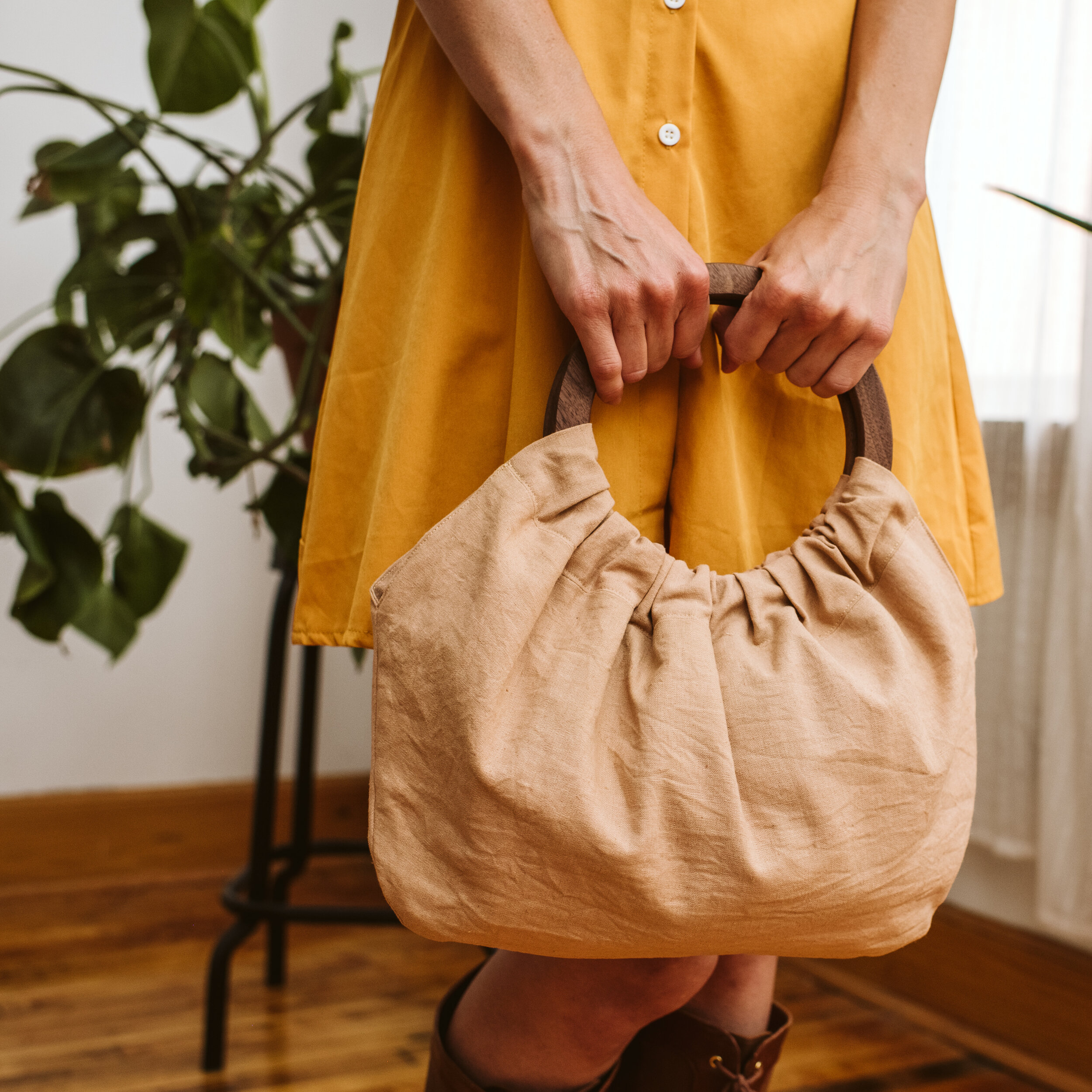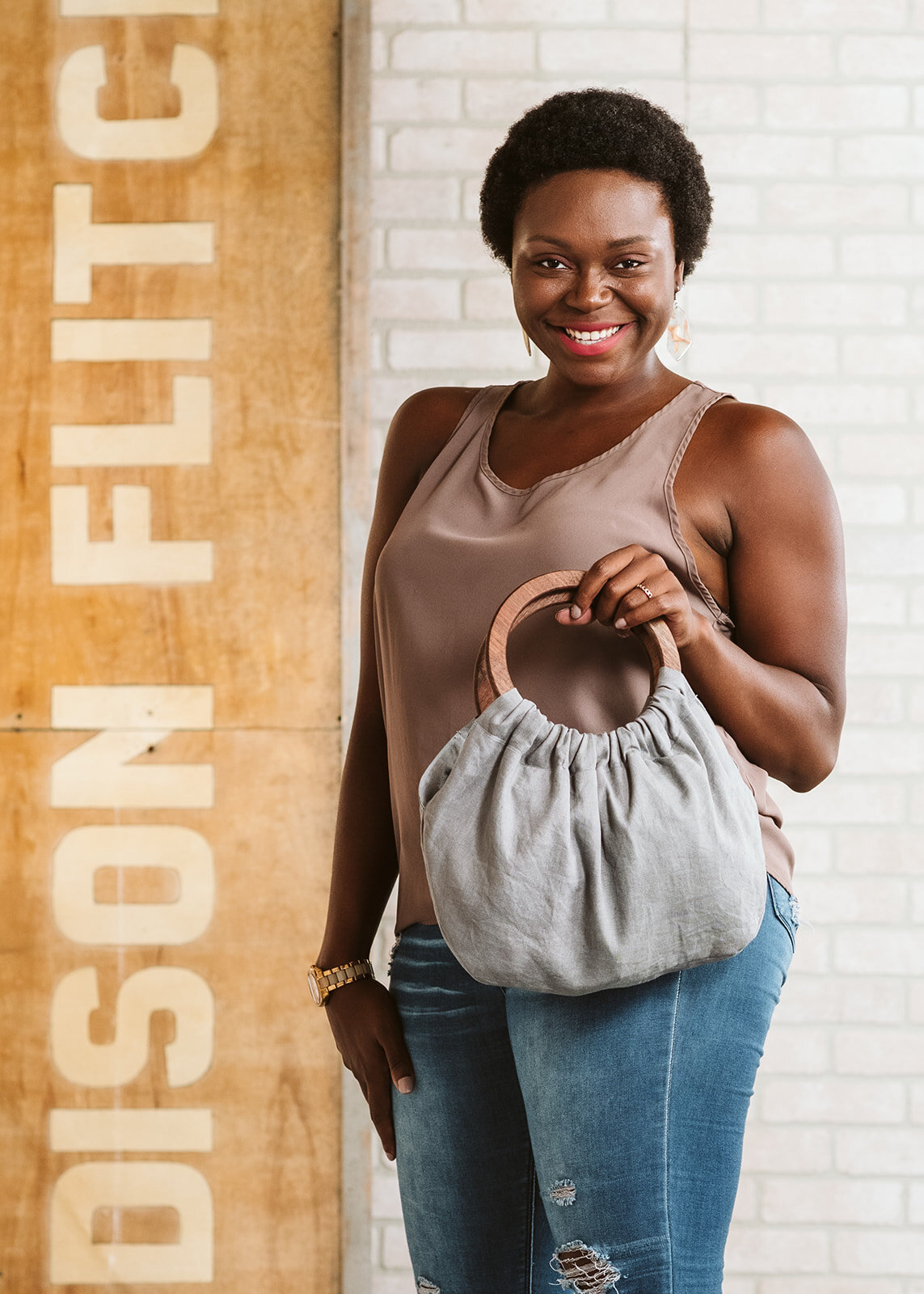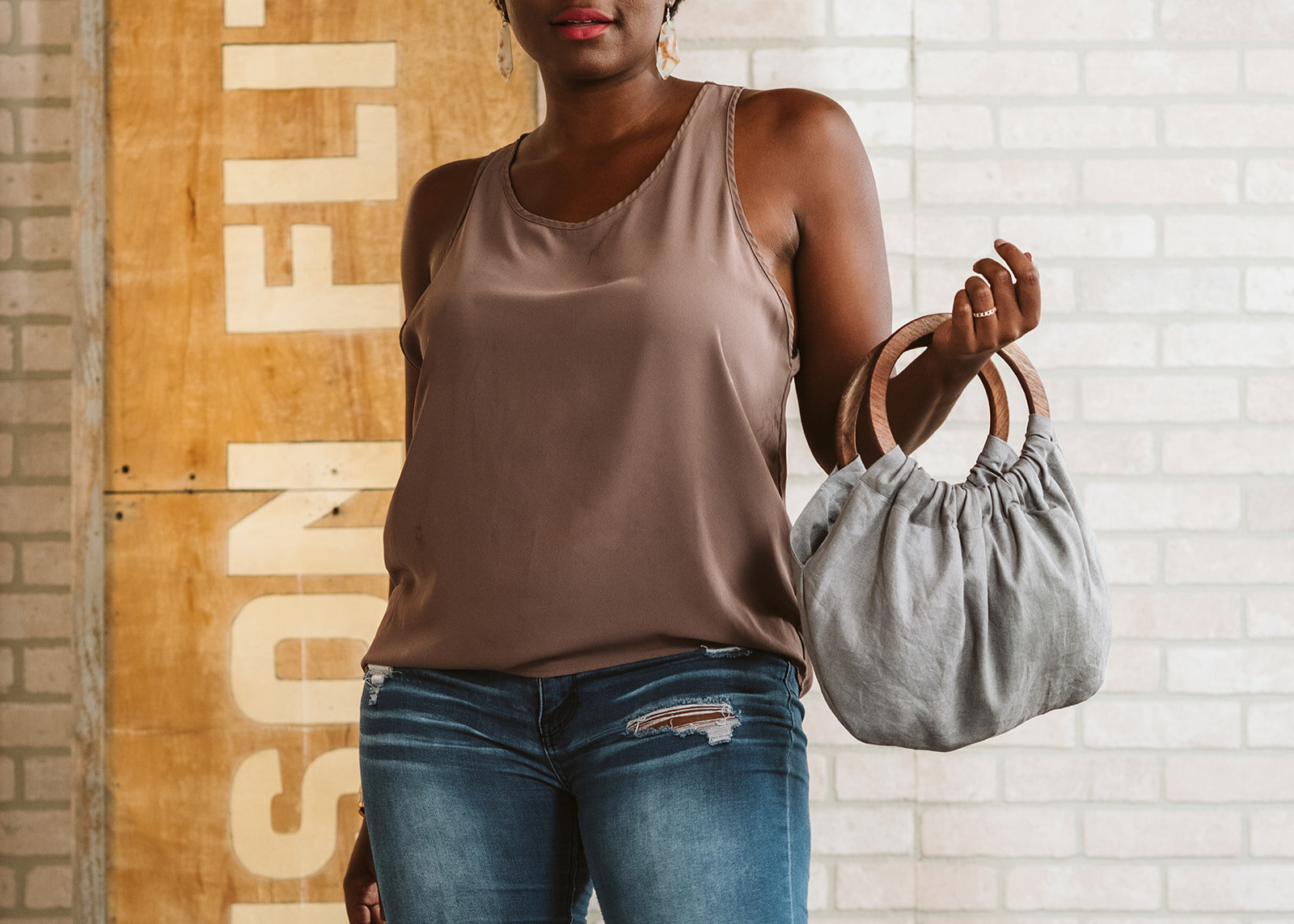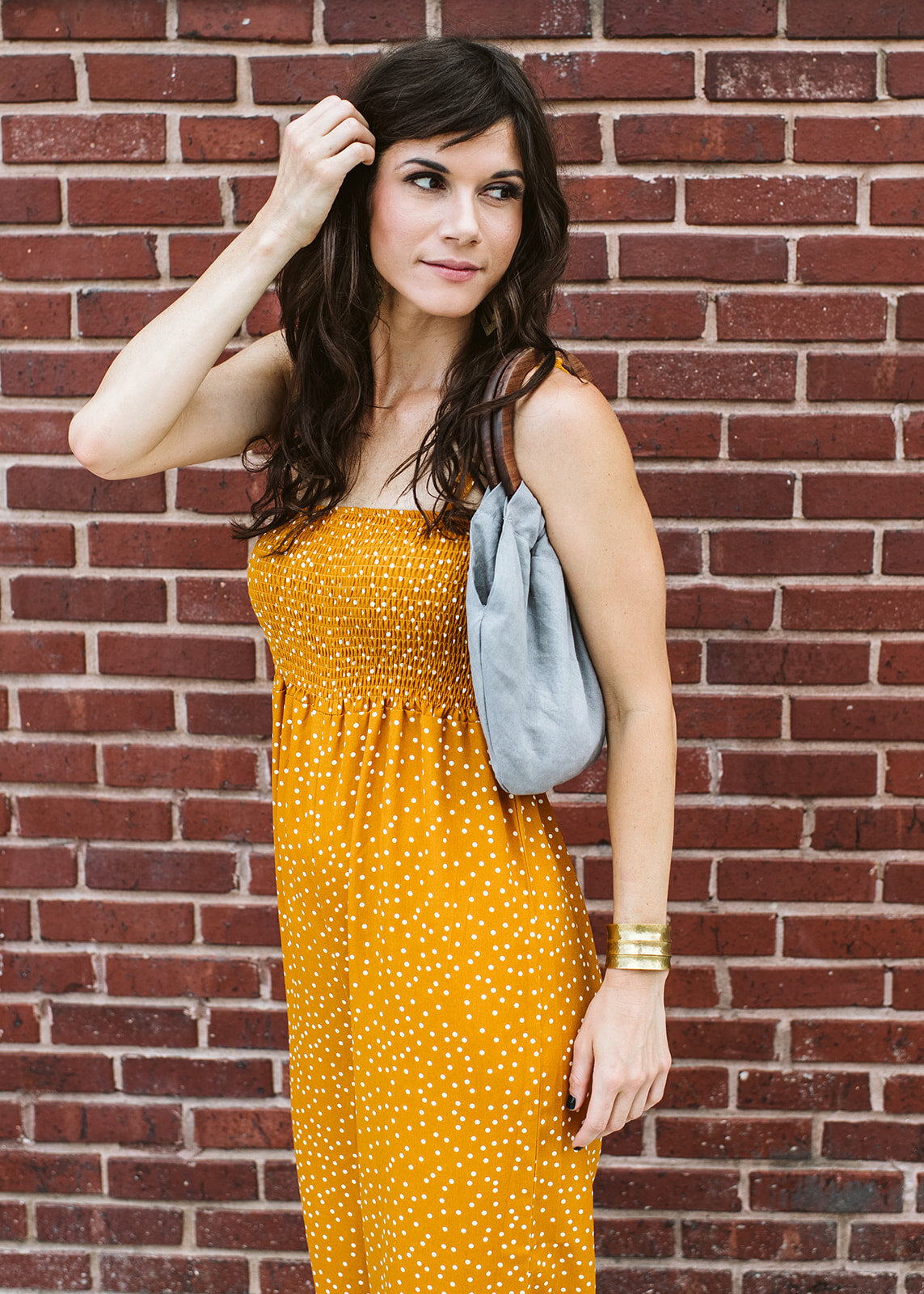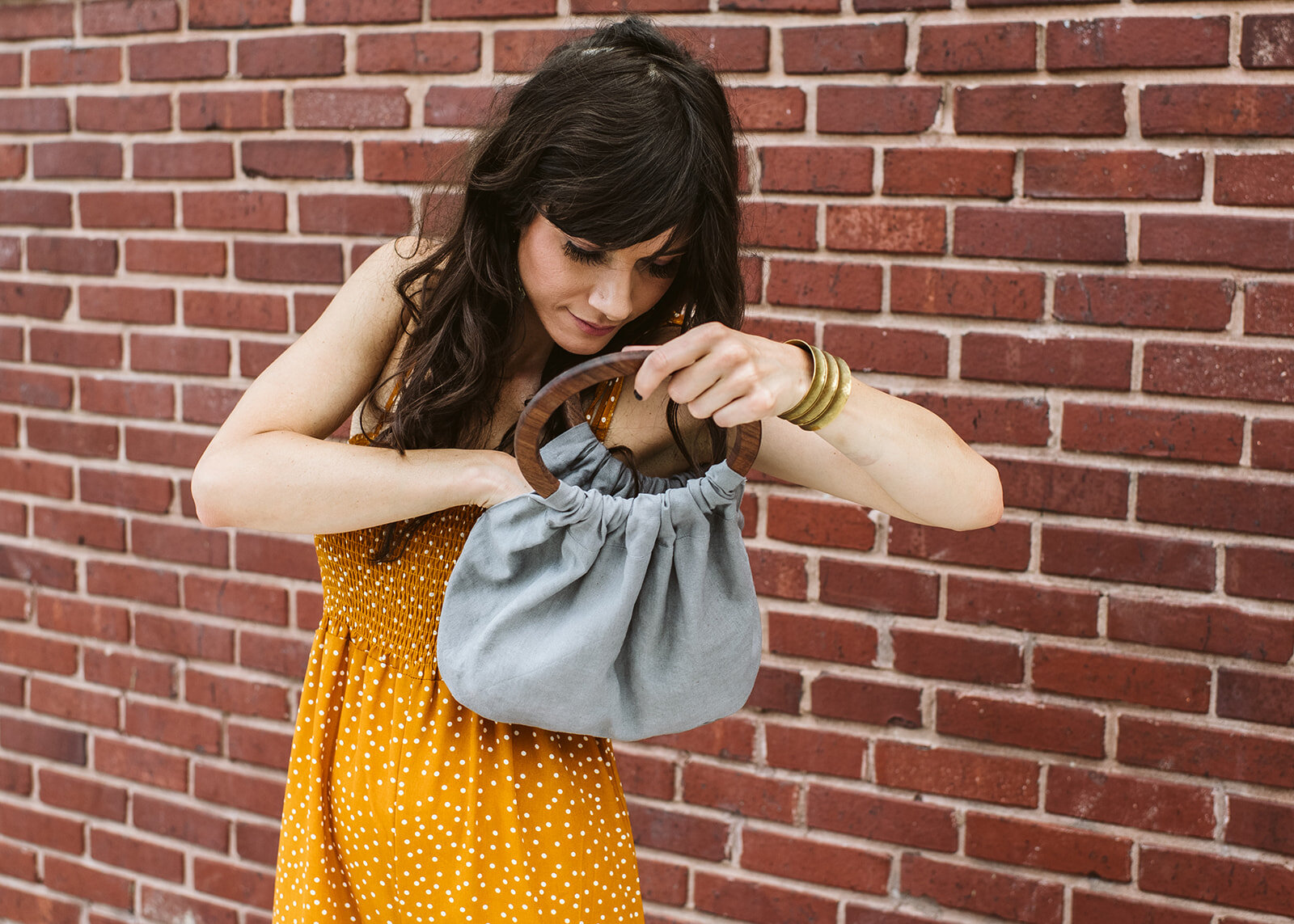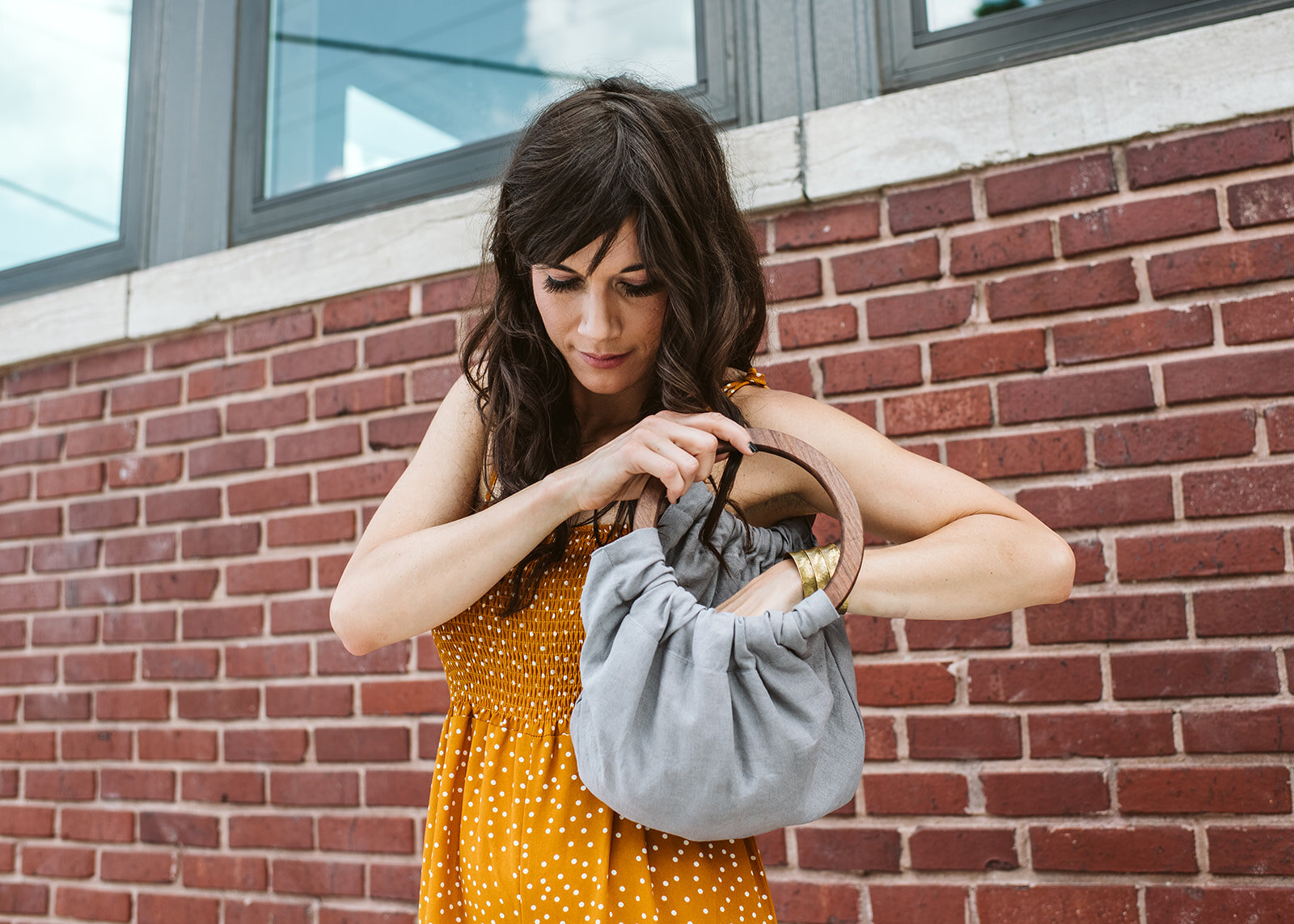Esther’s Story
Esther is the superstar stitcher. We met her when her husband, David, the pastor of a Myanmar community church in Kansas City, called us based on a tip from Catholic Charities. He wanted to know if we were really willing to pay people for making masks from home during the crisis. Once we confirmed that yes, indeed, we will pay, he said his wife, Esther, had “some skill” in sewing and could help with our efforts. This humble boast about his wife was, in the end, the greatest understatement of the entire project.
In the course of making thousands of masks, you learn to spot tiny variations and inconsistencies in the craftsmanship from stitcher to stitcher that the average customer may not notice. A missed stitch, an over-aggressive seam allowance, or a sloppy stitching path, for example. Sometimes a stitcher would turn in their masks bunched up in a bag, requiring us to clean them up to get them ready for sale. We never had to worry about Esther’s masks, though. The masks she turned were always crisp, with perfect stitching, ready for the customer. And she could make them quickly—she could turn 100, 150, 200 masks, by herself, in 2-3 days. We always gave her the most important jobs.
Later, we learned she added extra steps in the making of the masks, tasks we weren’t asking the stitchers to perform, such as pinning every seam before sewing to keep the stitches straight, or ironing the masks to ensure they stayed crisp. We never understood how she could produce so many masks so perfectly, and we worried she was working 20 hours each day. She never complained, never appeared to run ragged — the opposite was true, in fact. She smiled cheerfully, made jokes, darted into the workshop to chat with the fabric cutters, and thanked me — no, blessed me — profusely, every time she came to the studio to turn in the masks. The worries, stresses, and anxieties of each day’s demands melted whenever I saw her through the showroom windows get out of her car with a bag full of masks to turn in. I knew we were about to receive perfect masks, and the studio lights would shine a little brighter during her visit.
For Madison Stitch, we asked her to design a bag prototype that represented her culture. She said, meekly, that she would try but she wasn’t sure she could it. She came back, three days later, with five, fully completed bag concepts, complete with hardware, clasps, and straps. They were perfectly made, and they were beautiful. Her mother, Bawi, who worked in the studio with us, said she worked through the night to get the bags ready for us. We decided to launch with her handbag design, made from hand-dyed linen and a locally harvested wood. Most bag concepts go through an extensive editorial process, but Esther’s prototype didn’t need much editing — it was ready for primetime.
How did Madison Flitch successfully pivot? How could we start a new business in the midst of a crisis? Because of people like Esther.




